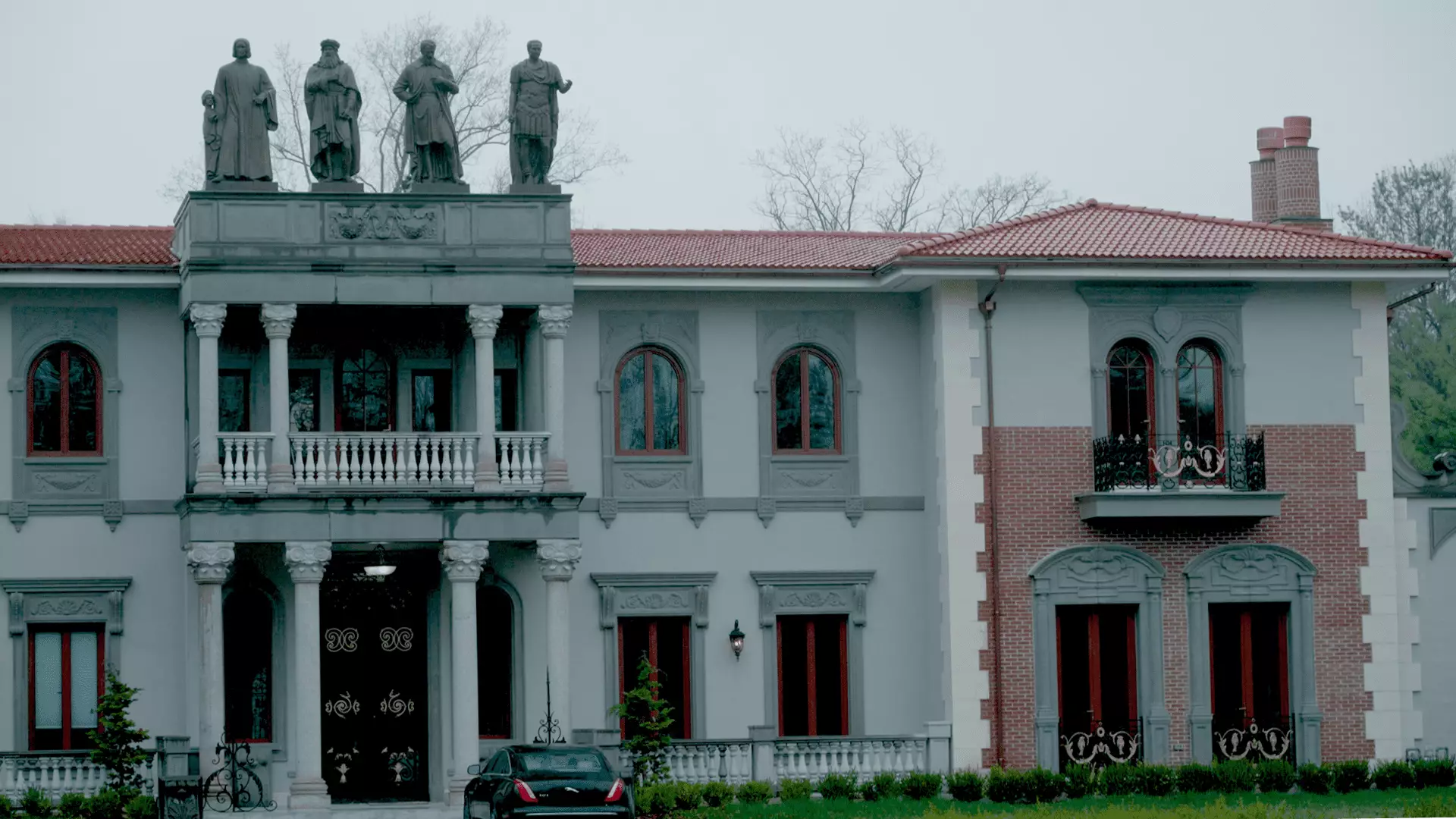The 1980s saw the emergence of a new architectural marvel, or perhaps a mirage, dubbed the “McMansion.” These sprawling homes have become a significant cultural phenomenon in the United States, embodying both aspiration and controversy. While they promise an idyllic lifestyle defined by luxury and space, the reality often paints a different picture. Critics argue that these homes are emblematic of our society’s irrational obsession with size over substance, leading to banal designs that prioritize quantity over quality. Imagine a home marketed as a dream sanctuary, yet crafted largely from cheap materials—this paradox encapsulates the essence of McMansions.
Indeed, the criticisms surrounding McMansions focus heavily on their construction practices. Many such homes are built with an array of mass-produced materials that lack the craftsmanship of more traditional architecture. Materials like stucco, vinyl siding, and faux stone may fool the eye from a distance, but up close, they reveal a troubling truth: the beauty is often skin deep. Critics like Kate Wagner, an architecture expert and creator of the blog “McMansion Hell,” highlight the stark contrast between the oversaturated amenities in these homes—think expansive great rooms and media theaters—and their fundamentally cheap construction. Rather than embodying the pinnacle of luxurious living, many McMansions could be considered overpriced shells, more concerned with flaunting space than genuine comfort or aesthetic integrity.
Changing Dynamics of Homeownership
Despite mounting critiques, the market for McMansions shows no signs of waning. Americans remain captivated by the allure of larger homes, even as the average family size has noticeably decreased. According to the U.S. Census Bureau, the median size of new single-family homes has ballooned from 1,900 square feet in 1993 to 2,286 square feet in 2023. This apparent contradiction raises questions about the choices we make regarding living spaces. Is size genuinely indicative of a better living experience, or are we simply filling our lives with excess?
Homeownership is evolving, and economic factors play a significant role in consumer choices. Industry experts like Joel Berner argue that buying a home generally represents a sound investment, even if that home is a McMansion. To many first-time homebuyers, this type of dwelling offers both affordability and space at a time when inventory remains limited in desirable areas. The sentiment echoes powerfully in suburban markets where spacious homes become not just a personal sanctuary, but a statement of attainable elegance.
The Market Forces at Play
An essential element driving the popularity of McMansions lies in a broader context of housing supply constraints. Since the housing crisis of 2007, the United States has struggled to fulfill the growing demand for new homes, leaving a significant supply gap. As of 2024, this deficit reached a staggering 3.8 million homes, according to Realtor.com. With fewer new homes emerging, buyers are often compelled to explore alternatives, making McMansions a tempting option for many families.
Moreover, as construction costs skyrocket, exacerbated by potential tariffs on essential building materials, the affordability of new homes continues to be a pressing concern. The National Association of Home Builders has raised alarms regarding the challenges faced by the industry. Still, the appeal of the McMansion remains, especially in fast-growing suburban regions like Bergen County, New Jersey, where families are eager to secure their piece of the American dream.
Real estate professionals such as Melissa Rubenstein observe firsthand the popularity of these homes in competitive markets. Engaged in bidding wars for McMansions exemplifies a broader trend that underscores both the allure and conundrum of these homes. While they epitomize space and modern living, their prevalence raises fundamental questions about what home truly represents in the modern age.
As we navigate the cultural implications of such properties, it becomes evident that the story of McMansions goes beyond mere aesthetics or investment opportunities. It speaks to our collective values, desires, and the ongoing complexities of homeownership in an era of change. Perhaps, in our perpetual quest for spacious living, we must consider whether larger truly equates to better, or if we risk losing the essence of what it means to call a place “home.”


Leave a Reply